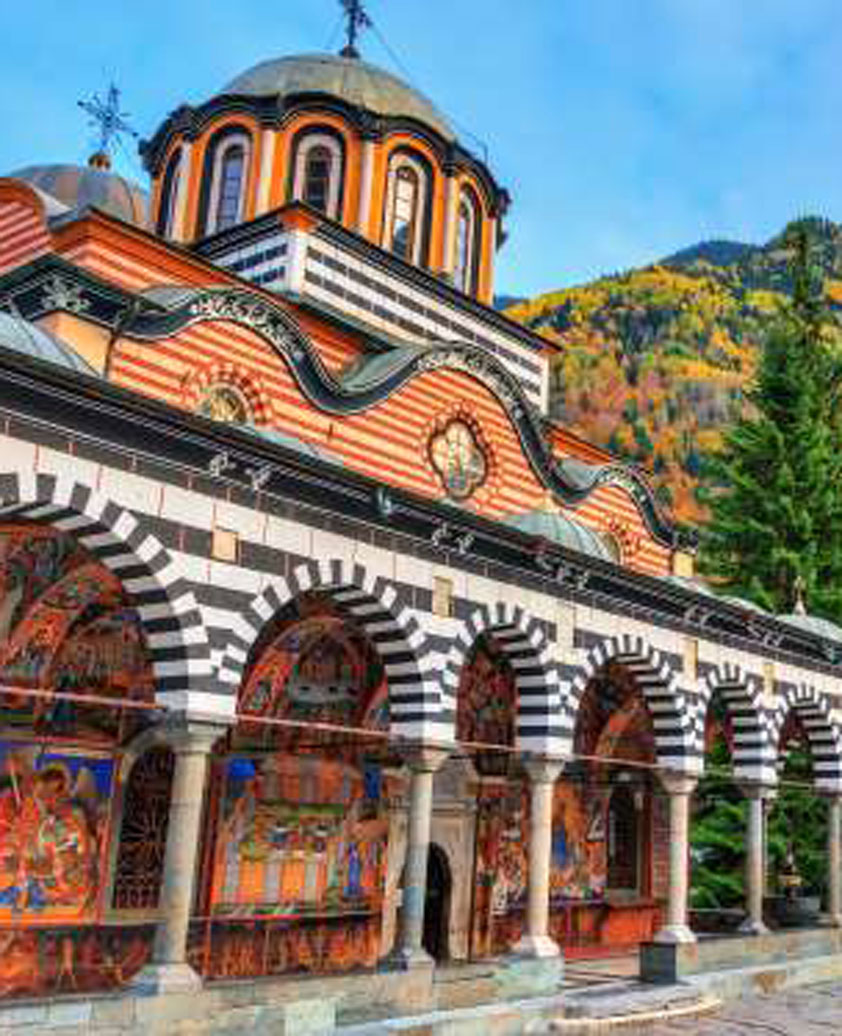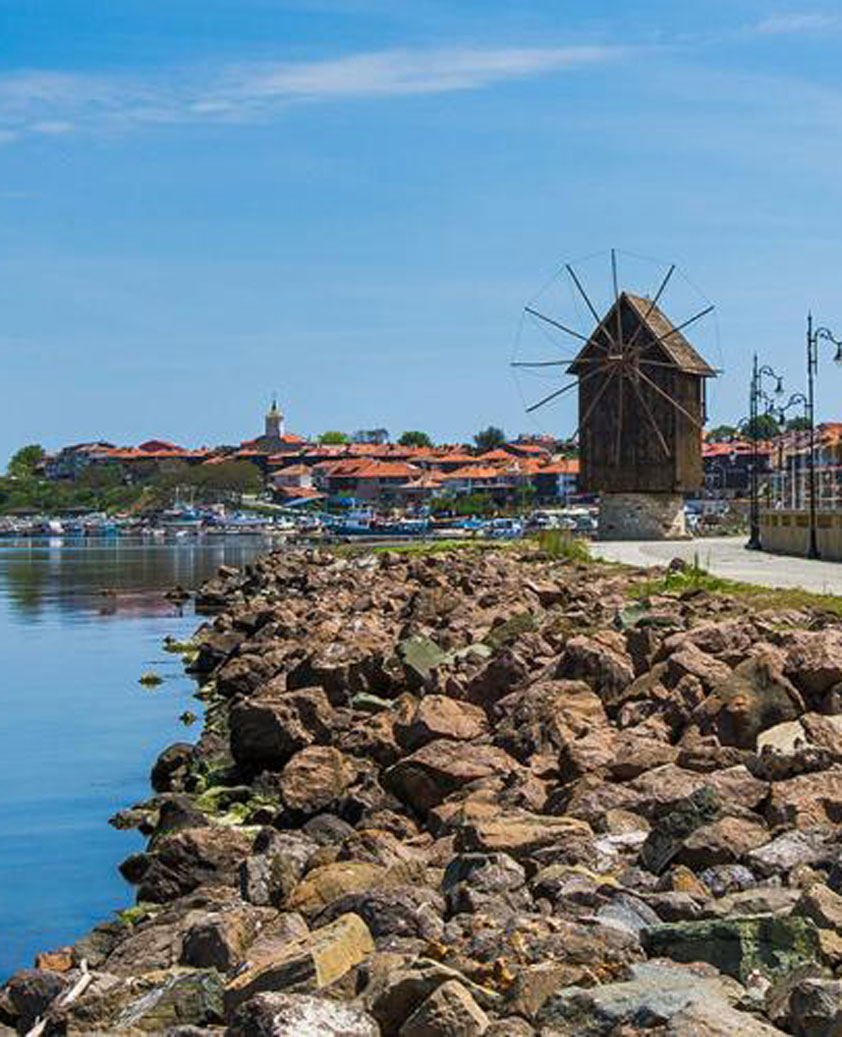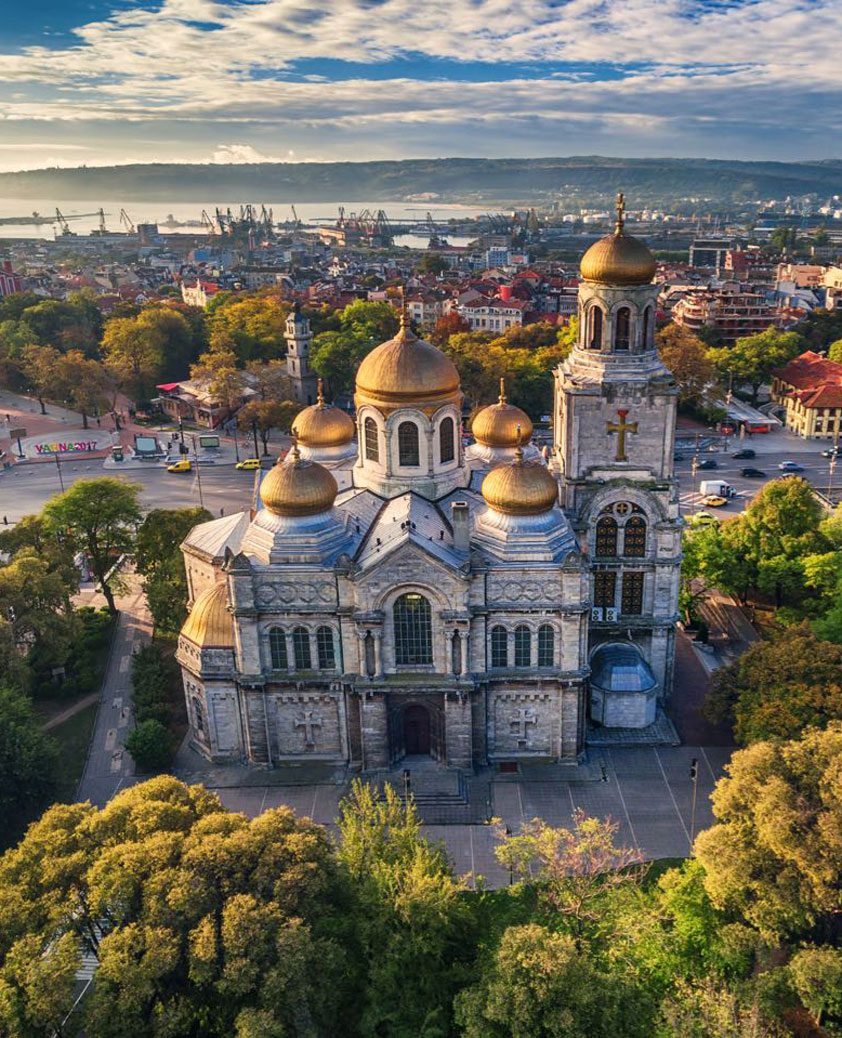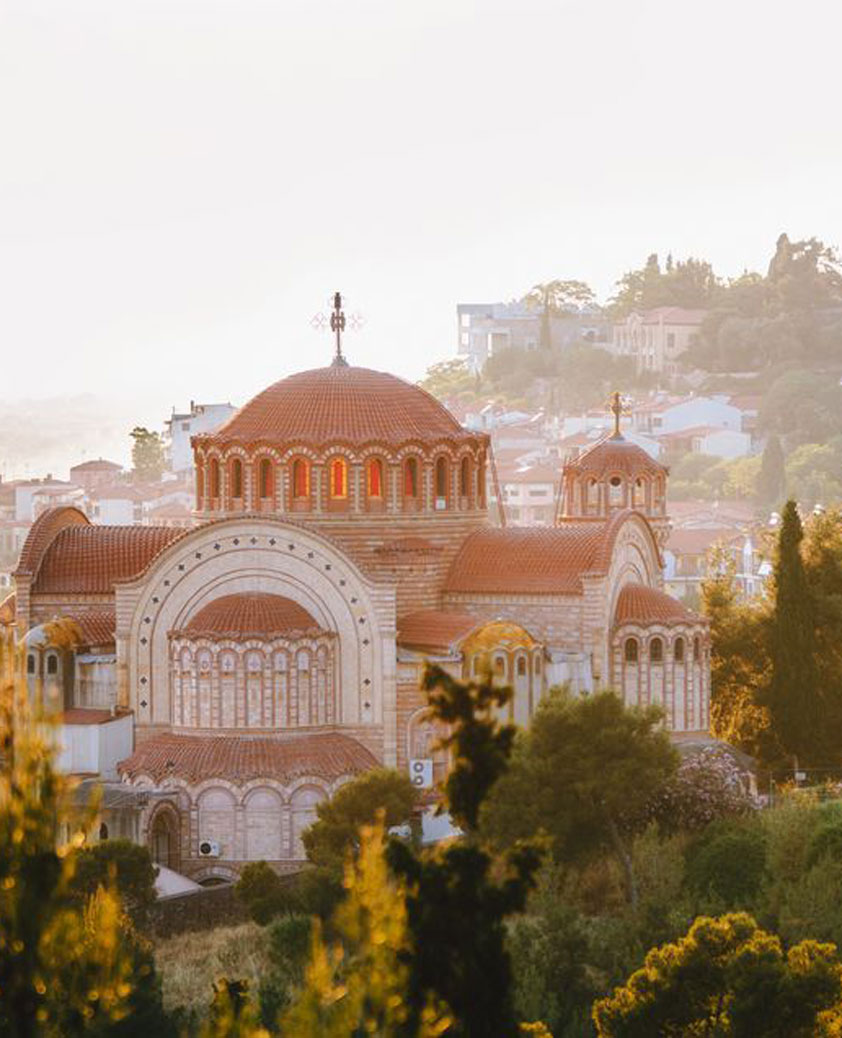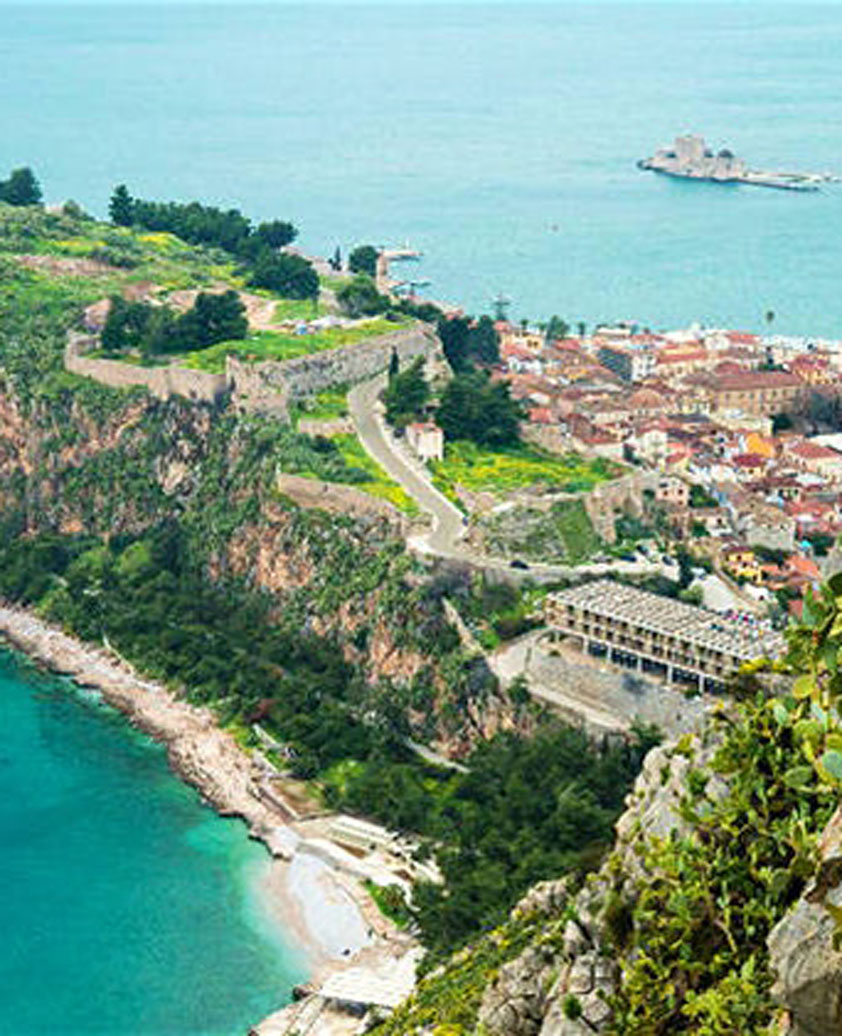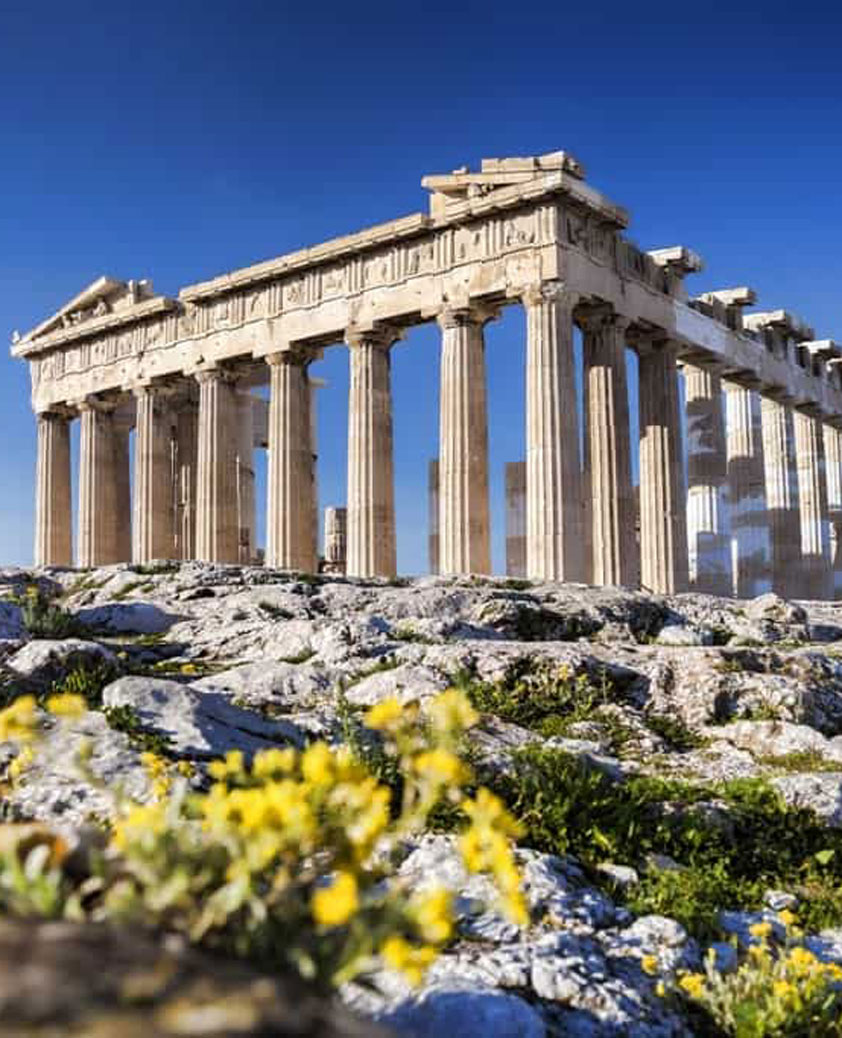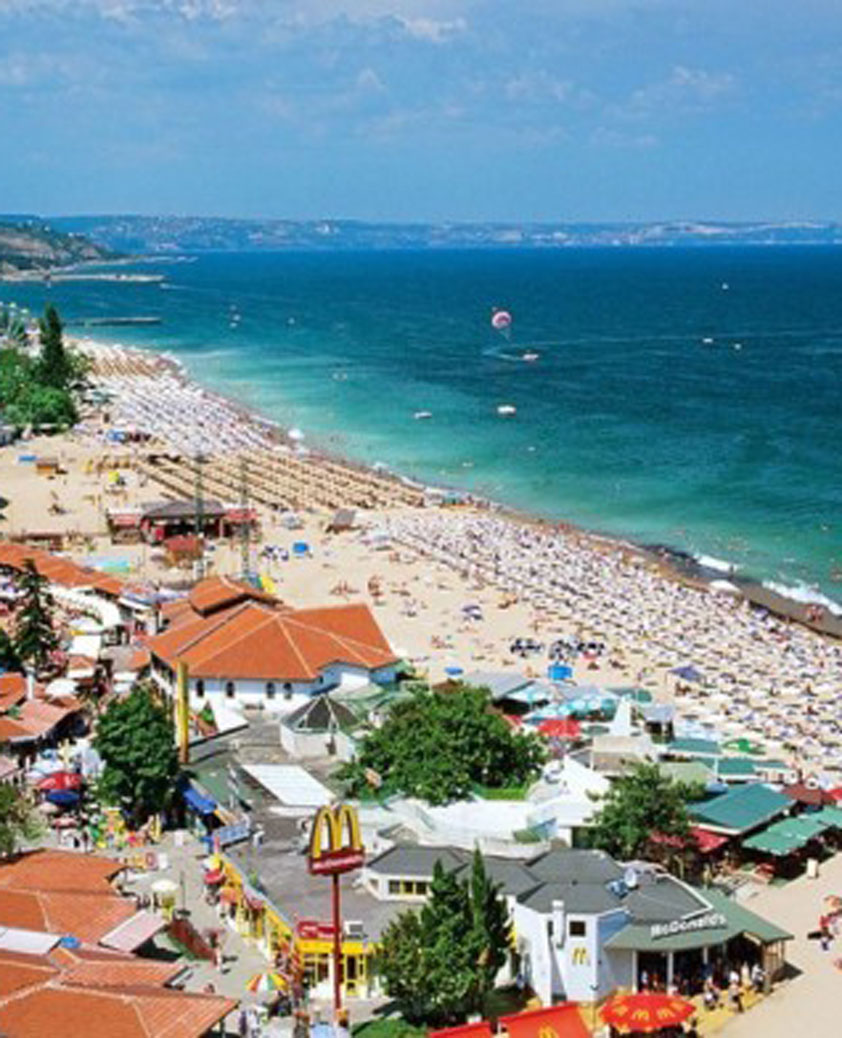
Varna
Varna, Bulgaria’s seafaring capital, is a cosmopolitan town located on the Black Sea coast. It is a port city, naval base and seaside resort, which is why it is an appealing place to visit. This city is packed with history but is very modern, with an enormous park and a beautiful beach to lounge on. In the city center you’ll find Bulgaria’s largest Roman baths complex and its archaeological museum, as well as a very vibrant restaurant scene.
Visiting Varna also allows for day trips to nearby beach resorts such as Sveti Konstantin and Golden Sands, and the town of Balchik.

